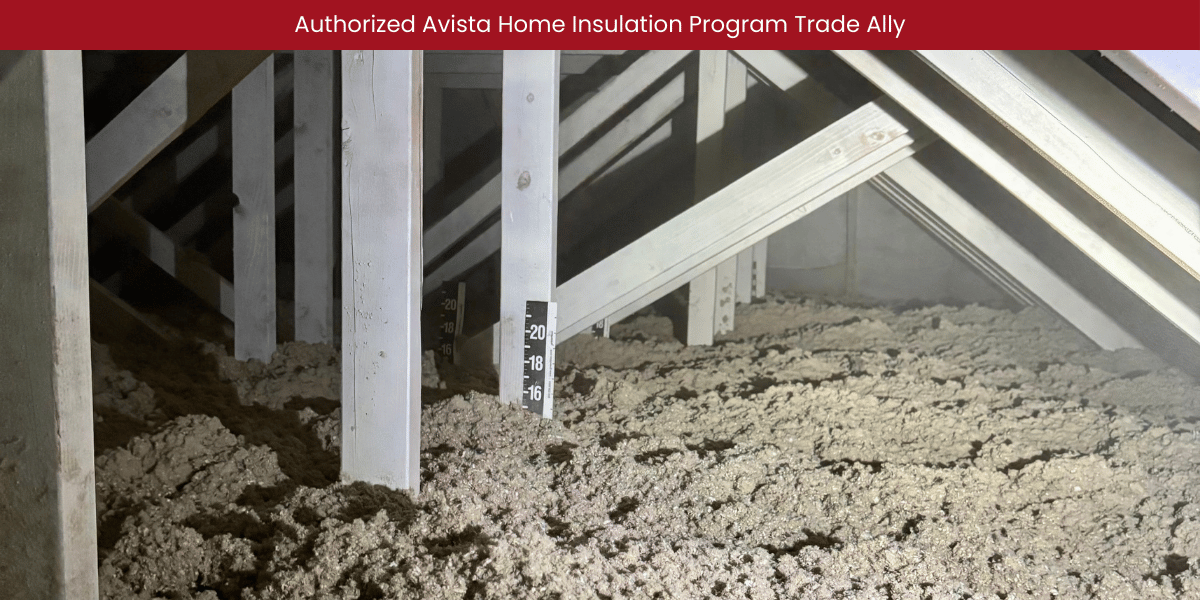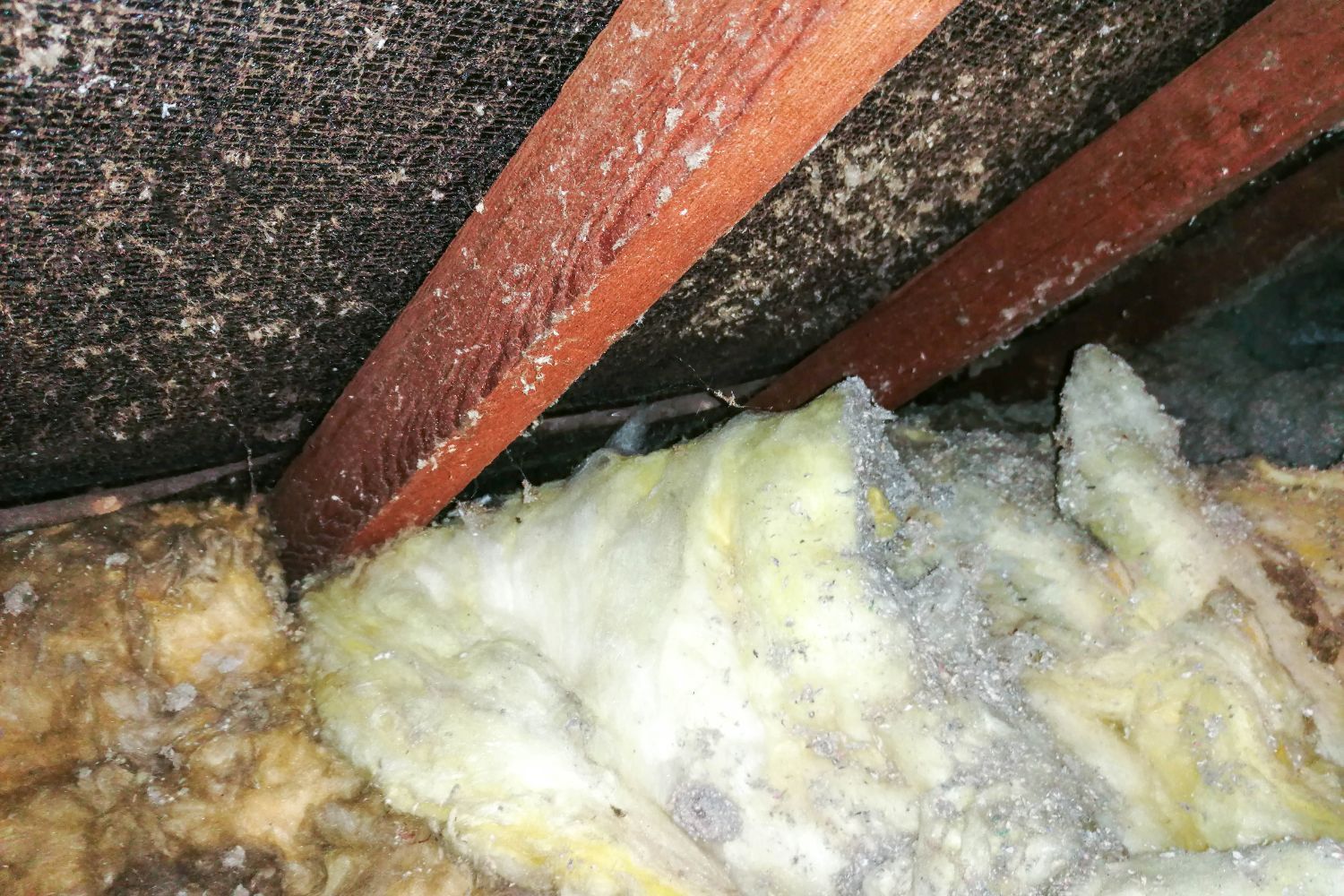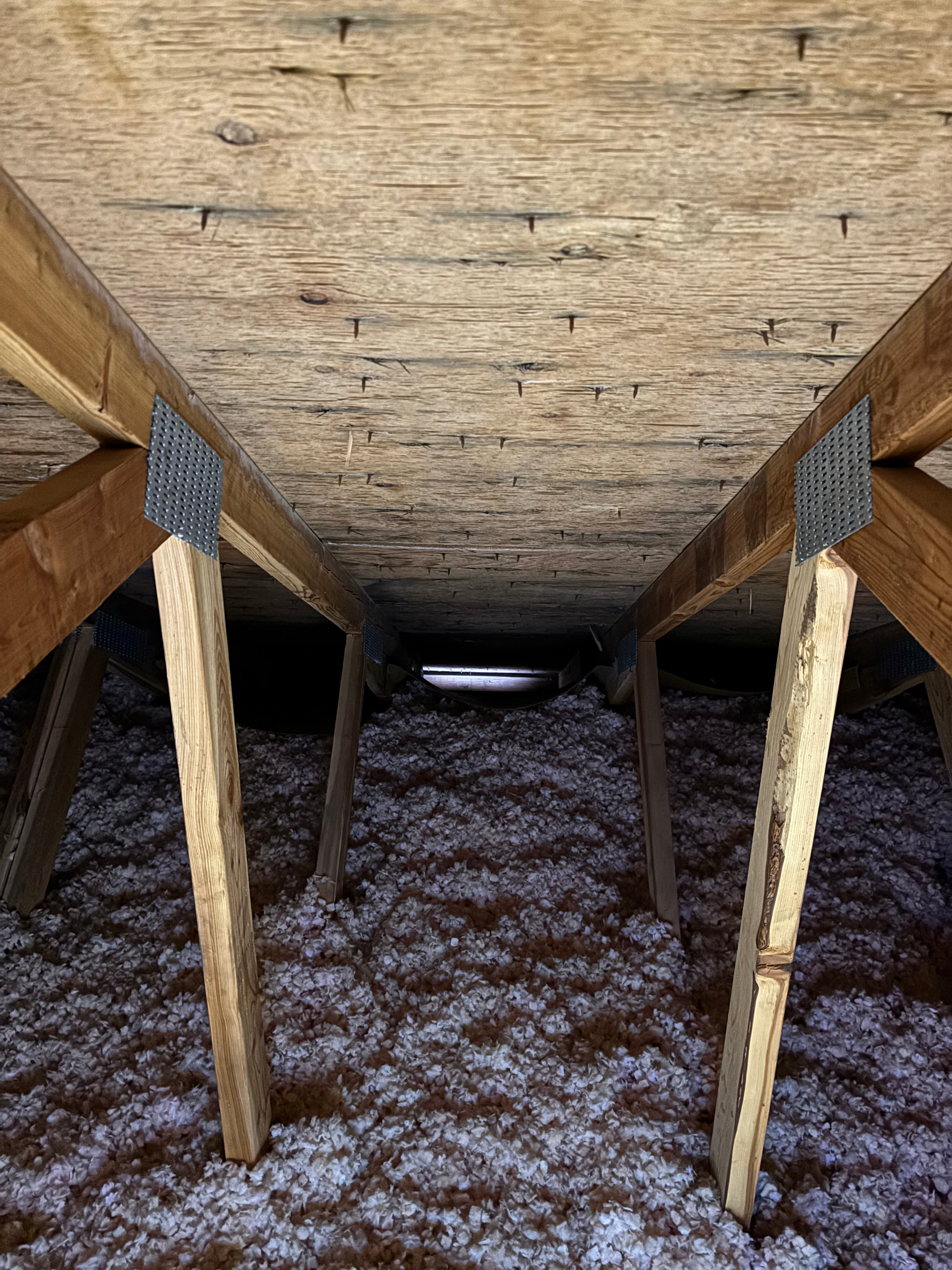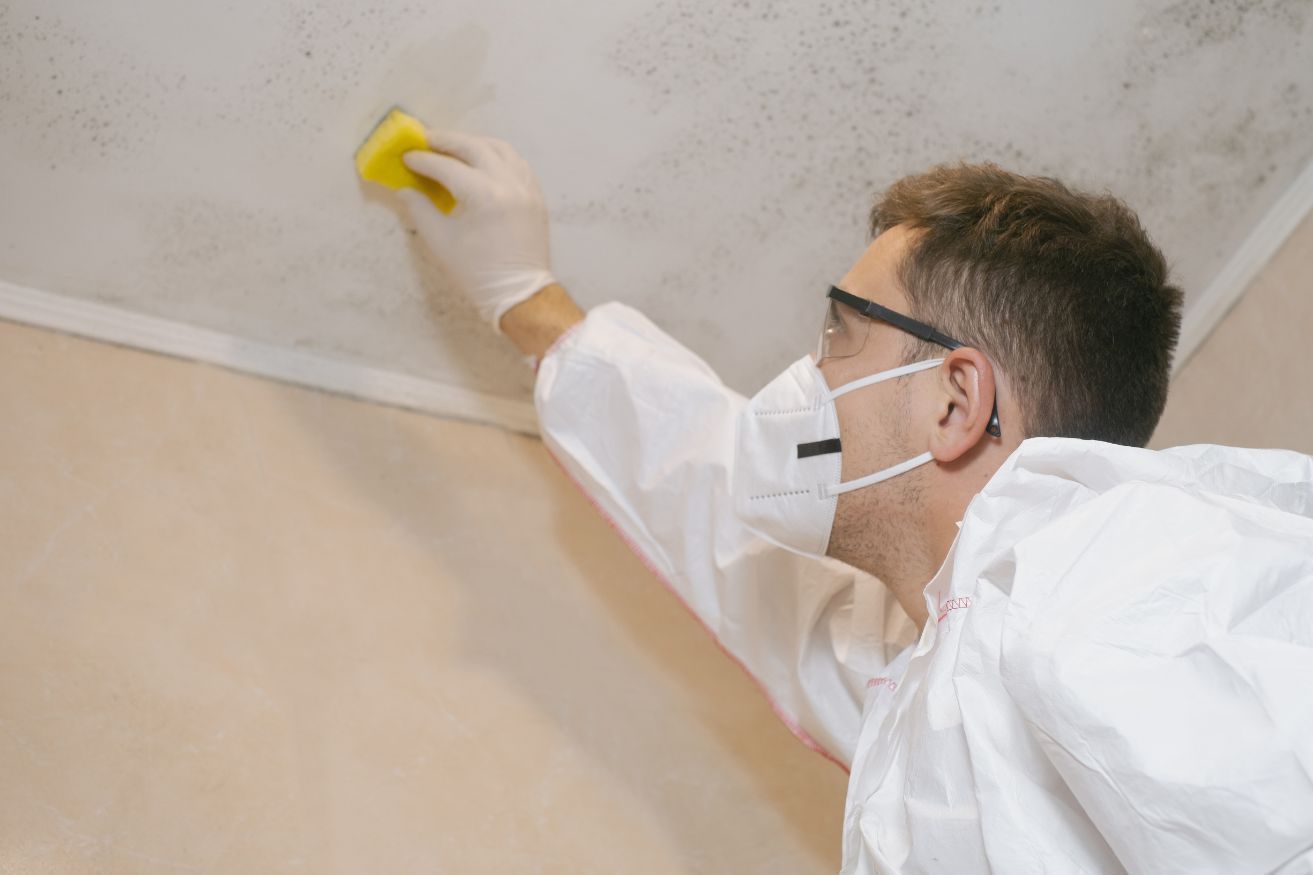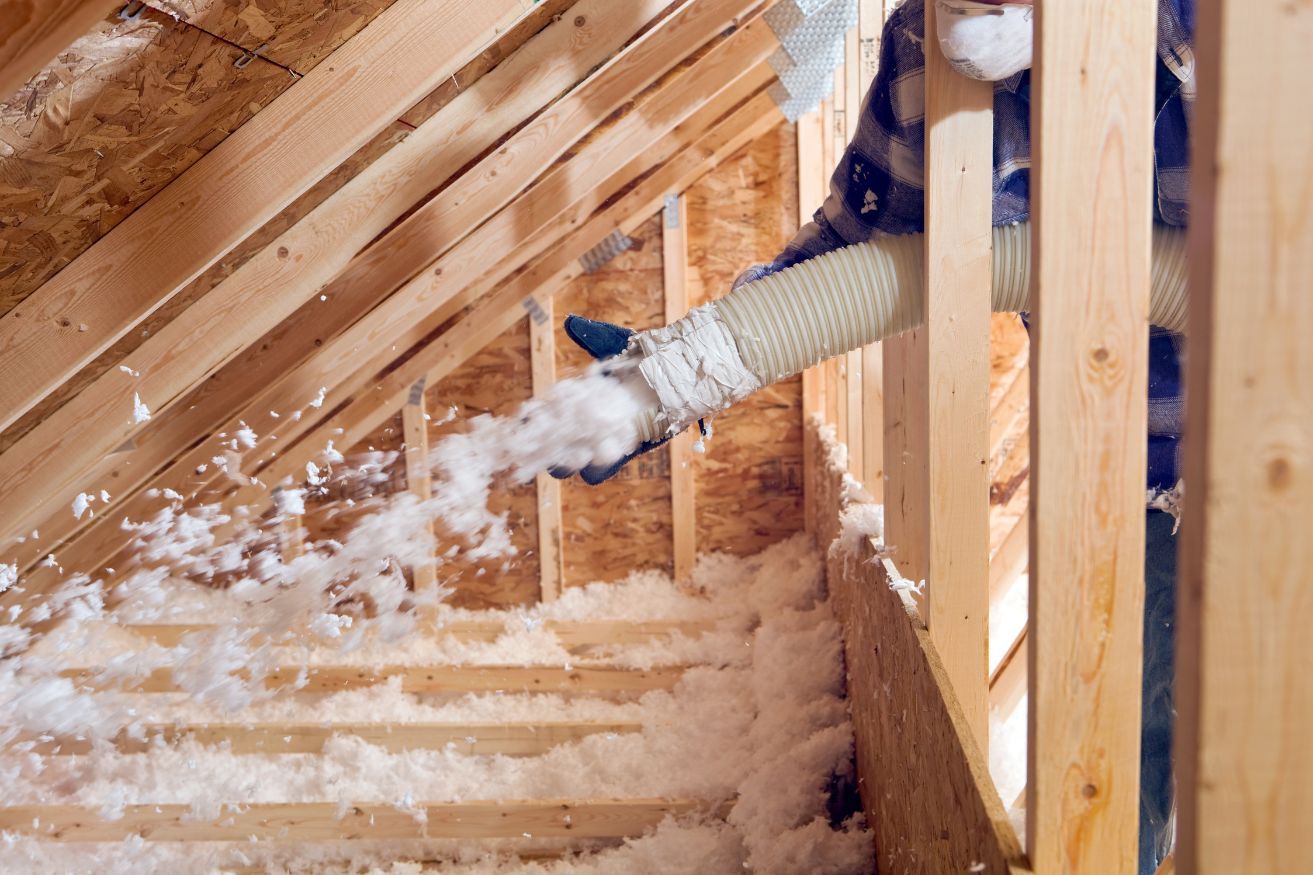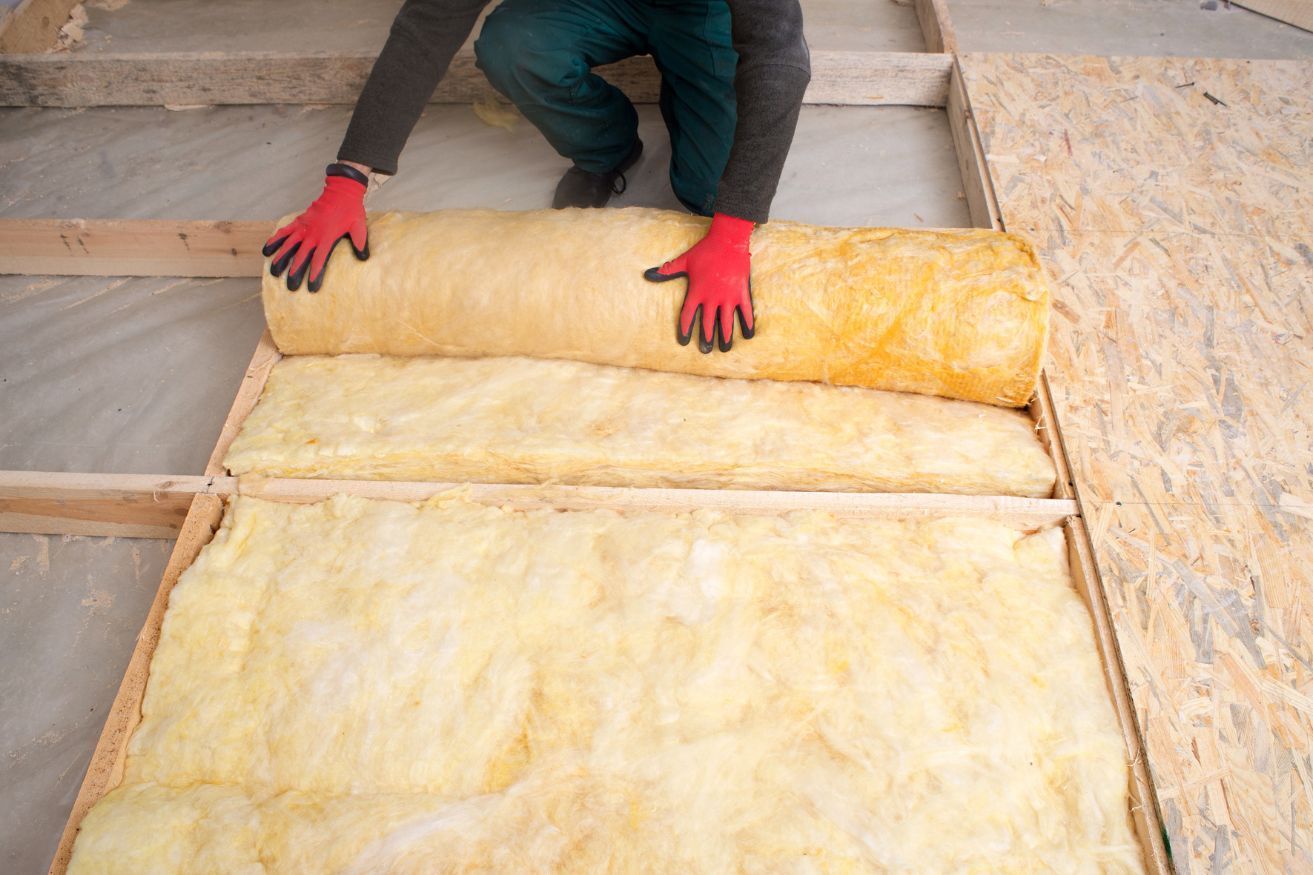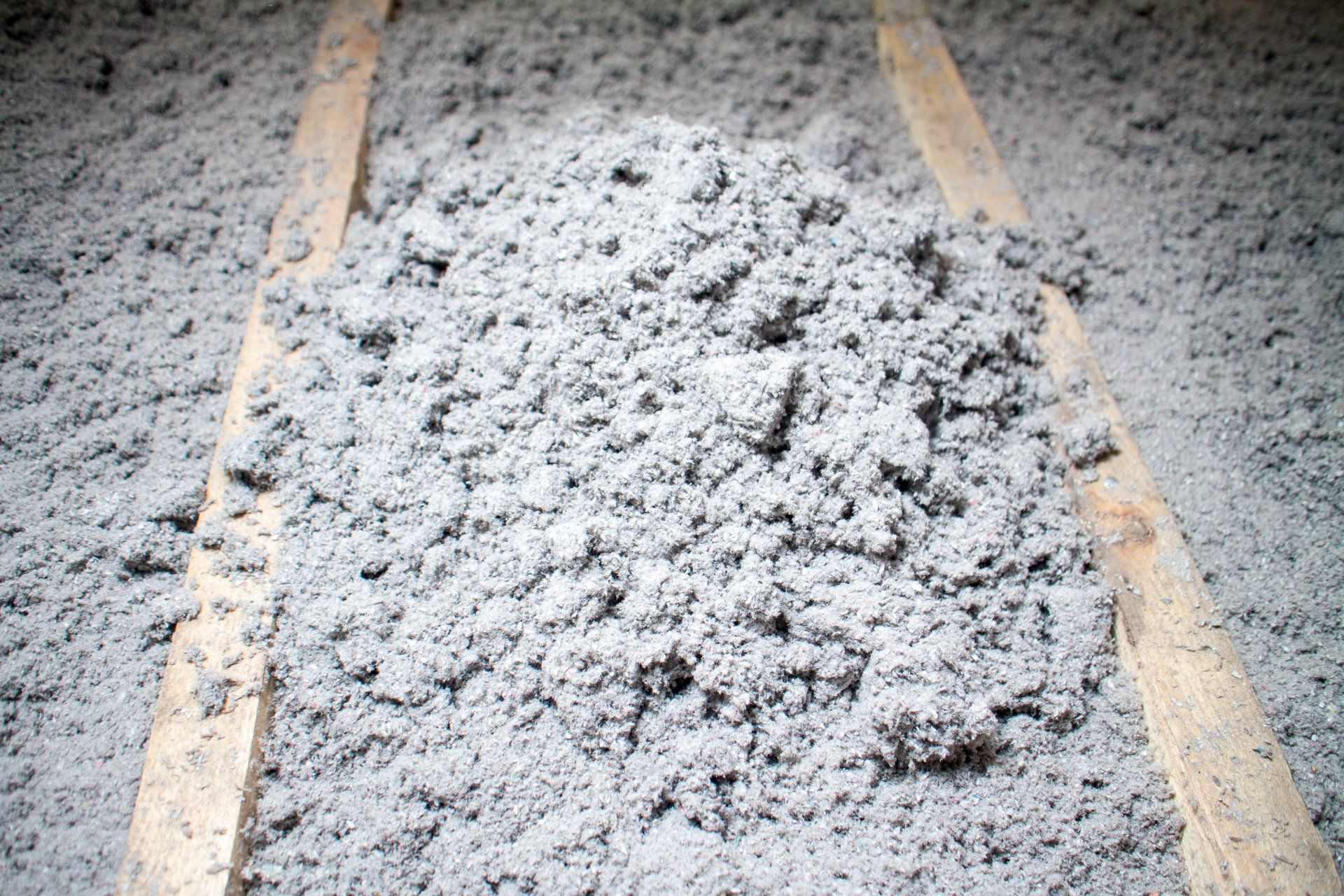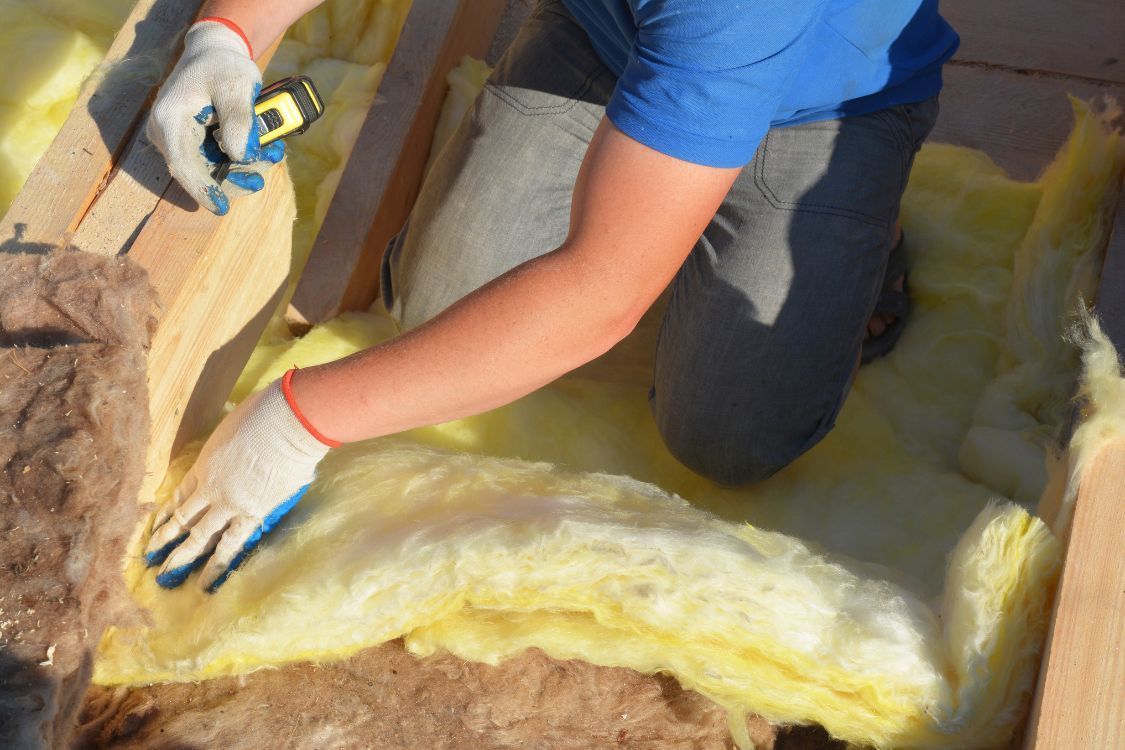Insulation Removal Cost in Spokane: A Complete Guide
How much does insulation removal cost in Spokane
Insulation removal is a crucial task for maintaining a comfortable and energy-efficient home. In Spokane, understanding the costs involved can be challenging. Various factors influence these costs, making it essential to be well-informed.
Whether dealing with moldy insulation or planning an attic upgrade, knowing what to expect is vital. Each type of insulation presents unique challenges during removal. This can affect both the process and the price.
Professional services offer expertise and safety, but DIY options might seem tempting. However, they come with risks. Choosing the right approach depends on your specific needs and circumstances.
This guide will explore the costs and considerations of insulation removal in Spokane. We'll cover everything from types of insulation to the benefits of professional services. By the end, you'll have a clear understanding of what to expect and how to proceed.
Why Insulation Removal Matters in Spokane
Insulation removal is essential for maintaining home comfort in Spokane's varied climate. Old or damaged insulation can compromise energy efficiency, leading to increased utility bills.
Beyond energy savings, proper insulation removal is critical for indoor air quality. Contaminants such as dust, mold, and allergens accumulate in aging insulation. Their removal is important for a healthy living environment.
Key reasons for insulation removal include:
- Upgrading to more efficient materials.
- Removing moisture-damaged or moldy insulation.
- Preparing for pest infestation treatment.
Each of these reasons directly impacts the structural health of a building. The hidden problems that come with old insulation might lead to costly repairs if ignored. Therefore, timely insulation removal can save both money and potential headaches later.
Key Factors Affecting Insulation Removal Cost in Spokane
Several factors influence the insulation removal cost in Spokane. The first major factor is the type of insulation installed. Fiberglass, cellulose, and spray foam all have unique removal challenges, impacting time and cost.
The size and accessibility of the area requiring insulation removal is another key factor. Removing insulation from hard-to-reach areas like crawl spaces can be more expensive due to increased labor.
Contaminants present in the insulation, such as mold or asbestos, significantly affect cost. Specialized handling and disposal are required, often increasing labor time and material fees.
Additional factors include:
- The urgency of the removal project.
- The geographical location within Spokane.
Urgent projects may demand higher fees for prompt service, while more remote areas might incur extra travel costs for contractors.
Moreover, the presence of pests increases complexity. Infestations might necessitate added services like pest control, contributing to costs.
Understanding these factors is essential for budgeting insulation removal projects. Informed decisions help avoid unexpected expenses.
Here's a checklist to help plan for insulation removal costs:
- Determine insulation type and condition.
- Assess accessibility of removal site.
- Check for contaminants or pest damage.
- Consider project timeline and location.
By evaluating these factors, building contractors and HVAC technicians can plan effectively. This ensures efficient and cost-effective insulation removal tailored to specific needs in Spokane.
Types of Insulation and Their Removal Challenges
Understanding different types of insulation is crucial for effectively planning their removal. Each type presents unique challenges due to its composition and installation method.
Fiberglass insulation is popular due to its affordability and ease of installation. However, it can be itchy and irritating to remove, requiring protective gear.
Cellulose insulation, made from recycled paper, is eco-friendly but dense. Its removal may create dust, needing careful handling and cleanup.
Spray foam insulation offers excellent sealing properties but is rigid and adhesive. Removing it often demands specialized equipment and expertise.
Here is a list of insulation types and related removal challenges:
- Fiberglass: Irritating and requires protective gear.
- Cellulose: Dusty and needs thorough cleanup.
- Spray Foam: Rigid and needs specialized tools.
Properly addressing these challenges ensures safe and efficient insulation removal. It also minimizes the risk of damage to the building structure.
By knowing these specifics, contractors can better plan for the labor and tools needed. This preparation leads to a smoother, more cost-effective insulation removal process.
Moldy Insulation Removal Spokane: Special Considerations
Mold growth in insulation is a serious concern. It poses health risks and affects indoor air quality. Moldy insulation removal in Spokane requires specialized techniques to prevent spore spread.
Mold remediation experts should be consulted for safe removal. They use containment measures and protective gear to avoid exposure and cross-contamination. In Spokane, strict regulations ensure proper disposal.
Here are some steps to consider:
- Hire Professionals: Ensure expertise and safety compliance.
- Containment: Prevent mold spread during removal.
- Proper Disposal: Follow Spokane regulations.
Ignoring mold issues can lead to further damage and health problems. Effective moldy insulation removal restores air quality and prevents future growth.
Understanding these considerations helps in choosing specialized services, ensuring both safety and compliance with local standards.
Attic Insulation Removal Spokane: What to Expect
Attic spaces are prime candidates for insulation upgrades. However, attic insulation removal in Spokane demands attention to specific challenges. These small, often hard-to-reach areas can complicate the removal process.
Accessibility and existing insulation type affect the ease of removal. Depending on the insulation, tools and methods may vary. Furthermore, the presence of any contaminants must be assessed.
Key considerations include:
- Accessibility: Difficult areas may require more effort.
- Contaminants: Identify mold or pests before removing.
- Insulation Type: Different methods for various materials.
Expect a thorough inspection beforehand to plan the best removal strategy. Skilled professionals are essential in ensuring efficient extraction without damaging structures.
By understanding these expectations, contractors can better plan for labor and equipment needs. This foresight ensures a smooth attic insulation removal process.
Blown‑In Insulation Removal Spokane: Process and Pricing
Blown-in insulation is preferred for its coverage and efficiency. However, its removal in Spokane can be labor-intensive and requires specific techniques.
The process involves using a high-powered vacuum to extract materials. This is efficient but may require multiple workers for large spaces. Additionally, dust suppression measures are essential during removal to maintain a safe environment.
Considerations for the process include:
- Vacuum Equipment: Requires powerful machinery.
- Labor Needs: Often involves multiple workers.
- Dust Management: Necessary to ensure safety.
Regarding pricing, costs depend on area size and insulation depth. On average, removal ranges from $1 to $2 per square foot. Factors like difficulty and urgency can influence pricing further.
Understanding these elements helps in accurately estimating the cost of blown-in insulation removal. This knowledge allows for better budgeting and ensures a smooth project timeline.
Average Insulation Removal Cost Spokane: Price Ranges and Estimates
Insulation removal costs in Spokane can vary significantly. Factors such as the type of insulation and project complexity play crucial roles. On average, removal prices range from $1 to $2 per square foot.
The total cost will also depend on the size of the area requiring removal. Larger spaces often benefit from economies of scale, potentially lowering the per-square-foot cost. However, specific challenges, like accessibility issues, could lead to additional expenses.
Here is a general breakdown of potential costs:
- Fiberglass Insulation: $1 - $1.50 per square foot
- Cellulose Insulation: $1.50 - $2 per square foot
Moreover, when additional complications like mold or pests are present, expect costs to increase. These issues necessitate specialized handling and could add 20% or more to the final bill.
Given these variations, homeowners and contractors should obtain detailed estimates from removal services. This ensures clarity about the potential costs and prevents unexpected financial burdens. Furthermore, engaging a professional can help identify opportunities for long-term savings on energy bills through upgraded insulation.
The Insulation Removal Process: Step-by-Step Guide
Removing insulation requires careful attention and planning. A systematic approach ensures safety and efficiency. Understanding the steps involved can help anticipate any challenges.
First, begin with a thorough inspection. Assess the condition and type of insulation. This step helps identify any hazards, like mold or asbestos, that may require specialized removal.
Next, gather the necessary equipment and materials. This typically includes protective gear, vacuum systems, and disposal bags. Proper preparation minimizes health risks and ensures compliance with safety standards.
The actual removal process follows. Carefully extract the insulation, taking care to avoid damage to the surrounding structure. This may involve vacuuming or manual removal, depending on the type.
Finally, dispose of the removed materials in accordance with local regulations. Improper disposal can lead to environmental hazards or legal issues. Professional services typically ensure safe and proper disposal.
Here is a quick checklist to consider:
- Conduct an initial assessment.
- Prepare equipment and protective gear.
- Execute the removal process carefully.
- Dispose of materials responsibly.
- Inspect the area post-removal for any leftover debris.
DIY vs. Professional Insulation Removal in Spokane
Opting for DIY insulation removal may seem cost-effective. However, it involves significant risks and challenges. Without proper knowledge, you could expose yourself to health hazards or cause structural damage.
Professional services offer numerous advantages. They bring expertise and specialized equipment to the job. This ensures that the removal process is safe and complies with local regulations.
Consider these key benefits of hiring professionals:
- Safety: Professionals are trained to handle hazardous materials such as mold or asbestos.
- Efficiency: Experienced technicians can complete the job faster and with minimal disruption.
- Compliance: They ensure proper disposal and adherence to environmental standards.
Ultimately, while the DIY route might save initial costs, the long-term risks and potential expenses of improper removal might outweigh these savings. Think about what best suits your project's requirements and ensure a thorough assessment.
Additional Costs and Considerations
When budgeting for insulation removal in Spokane, it's crucial to consider potential additional costs. Unexpected issues, such as pests or hidden mold, can increase expenses. These situations often require specialized handling and additional labor.
Material disposal is another factor that may influence the overall cost. Professional services typically include this in their estimates, but it's wise to confirm. Disposal fees can vary based on the type and condition of the insulation being removed.
Consider these potential additional costs:
- Pest removal services if infestations are discovered.
- Mold remediation for insulation compromised by moisture.
- Extra labor costs for difficult-to-access areas or unexpected complications.
Being aware of these considerations can help avoid surprises, ensuring your project remains within budget and on schedule.
How to Choose the Right Insulation Removal Service in Spokane
Selecting the right insulation removal service in Spokane requires careful consideration. Begin by evaluating companies based on their experience and expertise. Seasoned professionals usually have a proven track record of successful insulation removal projects.
It's essential to check if the service is insured and licensed. Insurance protects you from potential liabilities, while a proper license ensures compliance with local regulations. An insured and licensed provider adds an extra layer of trust to your choice.
Consider the following when choosing a service:
- Company’s experience and reliability in the field.
- Availability of insurance and licenses for the job.
- Customer reviews and feedback from previous clients.
These factors will assist you in finding a service that meets your needs while ensuring quality and safety.
Maximizing Value: Insulation Removal and Energy Efficiency
Investing in insulation removal can yield significant energy efficiency benefits. By removing old or ineffective insulation, you pave the way for a more energy-efficient building. This not only lowers utility bills but also enhances indoor comfort throughout the year.
Upgrading to high-quality insulation materials is crucial. Modern materials provide better thermal protection and reduce energy loss. It’s a long-term investment with returns in comfort and cost savings.
When considering insulation removal, keep in mind:
- Energy savings through improved thermal barriers.
- Increased comfort with regulated indoor temperatures.
- Longevity of new insulation materials.
Ultimately, an energy-efficient building is more sustainable and environmentally friendly. Embracing advanced insulation technologies ensures you maximize the value of your investment and reduce your carbon footprint.
Frequently Asked Questions About Insulation Removal Cost Spokane
Insulation removal might seem daunting, leading to several common questions. Here's a brief overview of frequently asked questions to help guide your decisions.
What affects the cost of insulation removal in Spokane?
Several factors influence costs, such as insulation type, area size, and accessibility. Special conditions like mold or pests can also impact pricing.
Is DIY insulation removal advisable?
DIY efforts can pose risks due to possible exposure to harmful materials and non-compliance with regulations. Professional services are safer and more efficient.
How long does insulation removal take?
Duration varies with project size and material type. Professionals usually provide time estimates after evaluating the site.
- Costs influenced by area size and conditions.
- DIY removal may risk safety and compliance.
- Removal time depends on insulation type.
Conclusion: Making the Right Choice for Your Project
Insulation removal in Spokane requires thoughtful consideration and expertise to ensure quality results. By understanding the costs and complexities involved, you can make informed choices that align with your project's needs.
Whether choosing professional assistance or contemplating DIY, it's crucial to weigh factors like safety, compliance, and energy efficiency. An informed decision not only enhances your property's comfort but also its long-term value.


